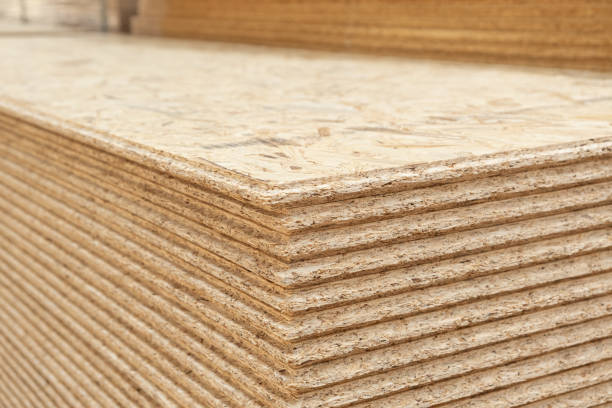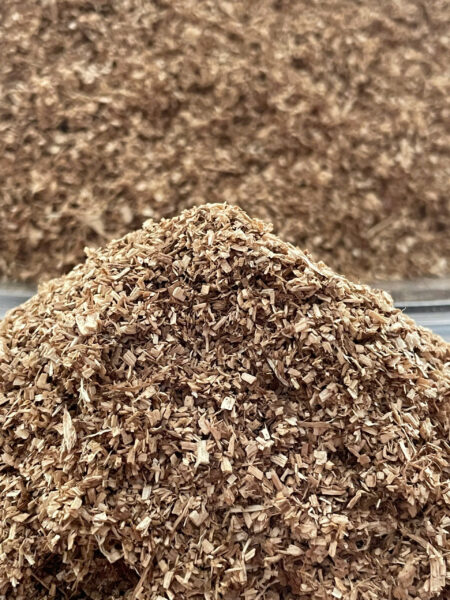Plywood: 10 Power Moves for Cheaper, Smarter Production

In today’s competitive furniture market, finding ways to reduce costs while maintaining quality is a top priority for manufacturers and DIY enthusiasts alike. Sawdust, a fine by-product of woodworking, has become a cornerstone in producing plywood and affordable furniture pieces like tables, chairs, and cabinets.
By transforming this often-overlooked material into high-quality plywood, businesses and individuals can create budget-friendly furnishings that don’t compromise on durability or style.
Whether you’re running a low-cost furniture workshop, a contractor outfitting affordable apartments, or a DIY hobbyist crafting custom pieces at home, sawdust-based plywood offers a sustainable and economical solution. In this article, we’ll explore the production process, benefits, and practical tips for using sawdust to create stunning furniture, including a simple DIY guide for beginners.
How Sawdust Becomes High-Quality Plywood for Furniture
The journey from sawdust to sturdy plywood begins with a carefully controlled production process that maximizes the potential of this versatile material. Sawdust, typically sourced from softwoods like pine or hardwood offcuts, is first collected and screened to ensure it’s free from contaminants like dirt or metal particles.
The sawdust is then ground into a fine, uniform powder to achieve the consistency needed for strong plywood. This fine sawdust is mixed with adhesives, such as urea-formaldehyde or eco-friendly resins, to create a cohesive blend. The mixture is spread into thin layers, which are stacked and aligned to form the plywood’s core structure.
Next, the layered sawdust mixture is subjected to high-pressure and high-temperature pressing in industrial machines. This process fuses the layers together, creating a dense, durable sheet of plywood that rivals traditional wood panels in strength.
The resulting plywood can be cut, sanded, and finished to suit a variety of furniture applications, from sleek modern cabinets to rustic dining tables. For manufacturers, this method reduces reliance on expensive solid wood, while for DIYers, it provides an accessible material for custom projects. The use of sawdust also minimizes waste, turning a by-product into a valuable resource for the furniture industry.
Why Sawdust-Based Plywood is a Game-Changer

The benefits of using sawdust to produce plywood and furniture are numerous, making it an attractive choice for cost-conscious businesses and creative individuals. First and foremost, sawdust-based plywood is significantly cheaper than solid wood or even standard plywood made from timber veneers.
This cost advantage allows furniture workshops to offer competitive pricing, appealing to customers seeking affordable home furnishings. Contractors working on budget-friendly apartment complexes or low-income housing projects can also reduce material expenses without sacrificing quality, ensuring projects stay within budget.
Beyond cost savings, sawdust plywood supports environmental sustainability by recycling woodworking waste that might otherwise end up in landfills. This eco-friendly approach resonates with modern consumers who prioritize green products, giving manufacturers and contractors a marketing edge.
For DIY enthusiasts, sawdust-based plywood is easy to work with, requiring only basic tools like saws and drills to create functional pieces like bookshelves or coffee tables. The material’s versatility allows it to be painted, stained, or laminated, offering endless design possibilities for both professional and amateur projects.

Real-World Applications in Furniture Production
Sawdust-based plywood has found its place in a wide range of furniture applications, from mass-produced items to one-of-a-kind DIY creations. Low-cost furniture workshops rely on this material to produce affordable pieces like wardrobes, bed frames, and dining sets, which are popular in urban markets where space and budget are constraints.
Contractors furnishing apartment buildings or starter homes use sawdust plywood for built-in cabinetry and shelving, delivering functional designs at a fraction of the cost of solid wood. The material’s strength and smooth finish make it ideal for both structural and decorative elements in these projects.
For DIYers, sawdust plywood opens up a world of creative possibilities. A notable example is a community workshop in Southeast Asia, where hobbyists used sawdust-based plywood to craft modular bookshelves for local schools, combining affordability with community impact.
The lightweight nature of the plywood made it easy for volunteers to assemble and transport the furniture, showcasing its practicality for grassroots projects. Whether you’re a professional or a weekend warrior, sawdust plywood empowers you to build furniture that’s both functional and stylish.
Read more: https://vietnambestwood.com/general/lightweight-bricks-from-sawdust/
A Simple DIY Guide: Building a Bookshelf with Sawdust Plywood
For those eager to try their hand at DIY furniture, building a bookshelf from sawdust-based plywood is a great starting project. Begin by sourcing plywood sheets from a local supplier, ensuring they’re made from clean, untreated sawdust for safety.
Measure and cut two vertical panels for the sides (e.g., 60 inches tall by 12 inches wide) and three horizontal panels for shelves (e.g., 30 inches wide by 12 inches deep). Sand the edges for a smooth finish, then assemble the pieces using wood glue and screws for added strength. For a polished look, apply a coat of paint or wood stain, and seal with a clear varnish to protect against moisture.
This simple bookshelf can be completed in a weekend with minimal tools, making it perfect for beginners. Customize the design by adding decorative trim or adjusting the shelf heights to suit your needs. The lightweight nature of sawdust plywood makes the bookshelf easy to move, ideal for renters or small spaces. For workshops or contractors, this same approach can be scaled up to produce multiple units for larger projects, demonstrating the material’s versatility.
Why Choose Sawdust Plywood for Your Furniture Projects
For furniture workshops, contractors, and DIY enthusiasts, sawdust-based plywood offers unmatched value. Its low cost makes it a smart choice for producing affordable furniture, while its eco-friendly credentials appeal to environmentally conscious clients.
The material’s ease of use and adaptability suit a wide range of applications, from mass production to custom creations. By incorporating sawdust into your projects, you can reduce costs, minimize waste, and deliver high-quality furniture that meets modern demands.
Watch more:I Turned Scrap Sawdust Into A Woodworking Project To Sell
